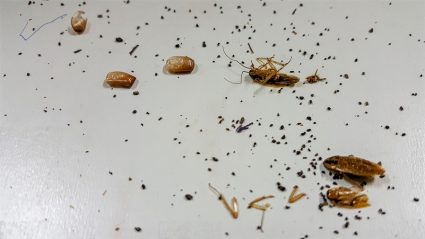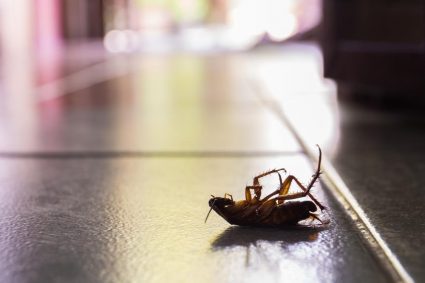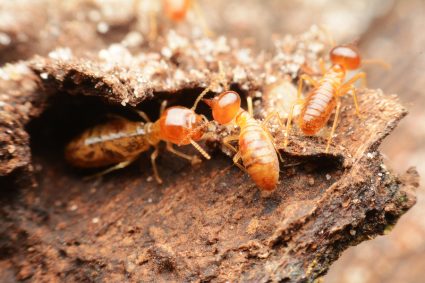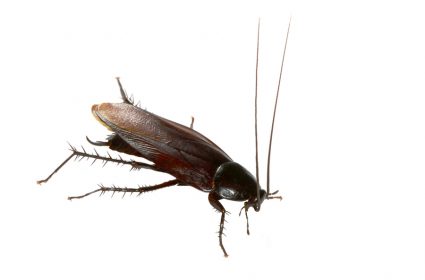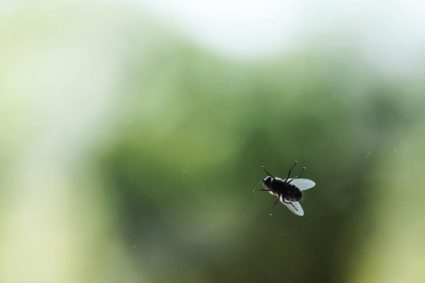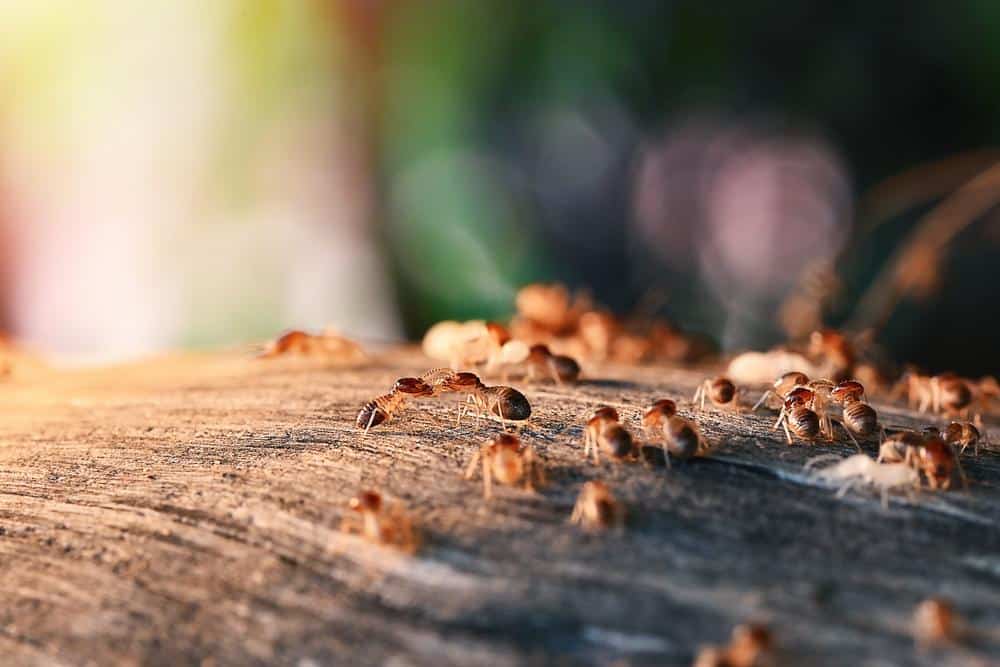
Termite droppings, also known as frass, can be a telltale sign of an infestation in your home. However, discerning between old and new termite droppings can be quite challenging without the right knowledge. In this guide, we’ll explore the key characteristics of termite droppings and how you can differentiate between old and new frass.
New termite droppings are typically moist, shiny, and smooth due to being fresh and not exposed to air for long. On the other hand, old termite droppings appear dry, dusty, and dull in color as they lose their initial shine and moisture content. However, color isn’t a reliable indicator of age, so a practical method to determine the age of termite droppings is to clean the area and monitor if they reappear, indicating an active infestation.
Understanding Termite Droppings
Before we delve into the differences between old and new termite droppings, it’s important to understand what these droppings look like. Termite droppings are small, oval-shaped pellets with six concave sides and rounded ends. They can range in color from nearly white, beige, slightly red, to dark brown or black, depending on the type of wood being consumed.
Characteristics of New Termite Droppings
New termite droppings are moist and shiny, with a smooth surface. This is because they’re fresh and haven’t yet been exposed to air for an extended period. The color of new termite droppings can also be influenced by the type of wood the termites have consumed. For instance, pine-consuming termites may produce light brown droppings, while those consuming oak or redwood can produce darker droppings.
Characteristics of Old Termite Droppings
As termite droppings age, they become dry, dusty, and dull in color. They lose their initial shine and moisture content, making them appear weathered. However, it’s essential to note that the color of termite droppings doesn’t change significantly with age. Therefore, determining the age of termite droppings based on color alone can be unreliable.
How to Determine the Age of Termite Droppings
One practical method of determining the age of termite droppings is to clean up the area where you find them and then monitor if they reappear. If droppings reappear, it’s likely an active infestation is present.
Alternatively, you could pour water on the area where you see the pellets. If the pellets disappear within seconds, they are likely new droppings. However, this method isn’t foolproof, as various factors can affect the appearance of termite droppings.
The Significance of Finding Old vs. New Droppings
Discovering either old or new termite droppings in your home is a cause for concern as it can indicate a termite infestation. The presence of new droppings suggests an active infestation, while old droppings could indicate a previous infestation. Regardless of the age of the droppings, it’s important to contact a professional pest control service to inspect your home and provide appropriate treatment.
Steps to Take After Identifying Termite Droppings
If you’ve identified termite droppings in your home, here are the steps you should take:
- Inspect the area: Look for additional signs of termite infestation, such as damaged wood, mud tubes, or discarded wings.
- Clean up the droppings: Vacuum up any visible termite droppings to prevent them from spreading and attracting more termites.
- Call a professional exterminator: Contact a pest control professional to assess the situation and provide appropriate treatment.
- Prevent future infestations: Take preventive measures to reduce the risk of future termite infestations. This may include fixing leaks, cleaning gutters, sealing cracks and crevices, and storing firewood away from your home.
In conclusion, while it can be challenging to differentiate between old and new termite droppings, the presence of either is a strong indication of a termite infestation. Therefore, it’s crucial to act promptly and consult a professional to prevent further damage to your home.
Frequently Asked Questions
What does a termite infestation look like?
A termite infestation can manifest in several ways. Common signs include the presence of termite droppings (frass), damaged wood that sounds hollow when tapped, mud tubes on exterior walls, and discarded wings from swarmers.
Are termite droppings harmful to humans or pets?
Termite droppings are not known to be harmful to humans or pets. However, it’s still best to avoid contact and inhalation as much as possible, as it can potentially cause allergic reactions or asthma attacks in sensitive individuals.
Can I treat a termite infestation myself?
While there are DIY termite treatments available, it’s generally recommended to hire a professional exterminator. Termite infestations can cause extensive damage if not properly addressed, and professionals have the training and equipment to effectively and safely eliminate the problem.
How often should I have my home inspected for termites?
Most pest control professionals recommend an annual termite inspection. However, if you live in an area that’s particularly prone to termites, or if you’ve had an infestation in the past, you may want to consider more frequent inspections.
Are all termite droppings the same size and shape?
While termite droppings are generally similar in size and shape, there can be slight variations depending on the termite species. However, they are typically small, oval-shaped pellets with six concave sides and rounded ends.


